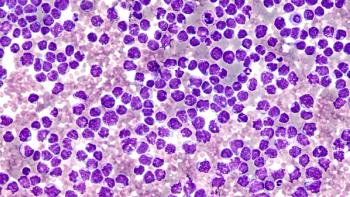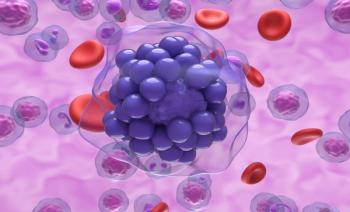
Dietary Inflammatory Index Not Linked to Liver Fibrosis or Fatty Liver Index in MASLD
Key Takeaways
- No significant link was found between DII and liver disease severity indicators in MASLD patients.
- Systemic inflammatory indices like DII and SII may not effectively assess organ-specific conditions such as MASLD.
Findings underscore the potential limitations of using systemic inflammatory indices like the Dietary Inflammatory Index and Systemic Immune-Inflammation Index to assess organ-specific conditions.
For adults with metabolic dysfunction–associated steatotic
Researchers used data from the 2017 to 2020 cycles of the National Health and Nutrition Examination Survey to assess whether the
No Statistically Significant Associations
In the fully adjusted linear regression model, DII was not significantly associated with FLI in adults with MASLD (β, 0.32; 95% CI, –1.393 to 2.034; P = .631). Similarly, logistic regression showed no link between DII and the presence of liver fibrosis (OR, 1.152; 95% CI, 0.885-1.499; P = .210). Subgroup analyses confirmed that these findings were consistent across demographic and metabolic stratifications, with no evidence of effect modification.
Mediation analysis also showed that SII did not significantly mediate the relationship between DII and either FLI or fibrosis. For example, the average causal mediation effect of SII on liver fibrosis was not significant (β, –0.001; 95% CI, –0.002 to 0.001; P = .364), nor was the average direct effect (β, 0.002; 95% CI, –0.013 to 0.017; P = .760).
Systemic vs Organ-Specific Inflammation
The findings underscore potential limitations of using systemic inflammatory indices like DII and SII to assess organ-specific conditions like MASLD. Although DII has been associated with disease onset in prior studies, the researchers said its static, short-term dietary recall format may not adequately reflect the chronic, cumulative dietary exposures that contribute to liver damage over time.
“This temporal mismatch between exposure assessment and disease evolution may further weaken its prognostic utility,” the authors added.
They also suggested MASLD’s pathophysiology may involve a transition from inflammation-driven injury to metabolic toxicity–driven progression, mirroring trends seen in type 2 diabetes. In patients with type 2 diabetes, early insulin resistance can progress to
Nutrient-Specific Effects
The researchers noted another limitation of the DII: its failure to capture the distinct biological effects of specific nutrients. For instance, omega-3 fatty acids may reduce hepatic fibrogenesis by inhibiting the NF-κB pathway and reducing oxidative stress. In contrast, fructose and saturated fats can directly promote lipogenesis and hepatocyte damage. By aggregating these effects into a single score, DII may obscure important mechanistic differences.
“This heterogeneity in nutrient-specific effects underscores the need to move beyond generalized inflammatory scores and toward mechanistic dissection of diet–liver interactions at the molecular level,” the authors said. “Such insights are essential for developing targeted and effective nutritional interventions for MASLD.”
References
- Sang Z, Wang H, Leng Y, et al. Association of dietary inflammatory index with liver fibrosis and fatty liver index in a population with metabolic dysfunction-associated steatotic liver disease: a cross-sectional study. Front Nutr. 2025;12:1594192. doi:10.3389/fnut.2025.1594192
- Cerf ME. Beta cell dysfunction and insulin resistance. Front Endocrinol (Lausanne). 2013;4:37. doi:10.3389/fendo.2013.00037
Newsletter
Stay ahead of policy, cost, and value—subscribe to AJMC for expert insights at the intersection of clinical care and health economics.













































